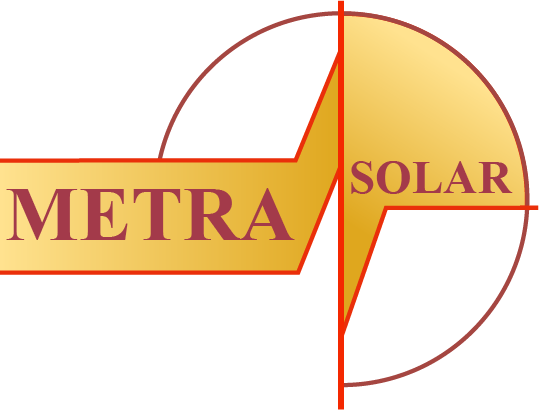If you are planning to install a solar project off the grid with a battery connected, you will want to consider a solar charge controller for your system. Charging controllers act as a gateway for your battery, ensuring that you do not add to your energy storage system and do not damage the energy storage system.
What is a solar charge controller?
Solar Charge Controller Adjusts your solar battery to prevent it from overcharging. Batteries are rated for voltage capacity, and more than this voltage can lead to permanent battery damage and loss of performance over time. Solar charge controllers act as a gateway to your battery storage system, ensuring that it is not damaged by overload.
Charging controllers are only necessary in special cases. In most cases, if you want to install a grid-free solar system, check the charge controllers, from rooftop systems to smaller settings on boats or RVs. If you are a homeowner looking to install a solar array with a battery connected to the mains, you no longer need a charge controller – once your battery is full, the extra energy is automatically routed to the mains instead and delivered to you. it helps. Avoid overloading the battery.
Types of solar charge controllers
If you want to use solar to completely disconnect the network, consider two types of charge controllers: Pulse Width Pulse Controllers (PWM) and Maximum Power Point Tracking (MPPT) controllers.
Pulse Width Modulation (PWM) Solar Charge Controllers
PWM solar charge controllers are the standard type of charge control available to solar buyers. They are simpler than MPPT controllers and therefore generally cheaper. PWM controllers reduce the amount of current entering your battery as capacity approaches. When your battery is full, PWM controllers maintain a “trick” mode, meaning that they supply a small amount of power continuously to prevent battery damage.

Solar Charge Controllers Maximum Spot Detection (MPPT)
MPPT solar charge controllers are a more expensive and sophisticated charge control option. They have the same protection as a switch that a PWM controller does, and as your capacity approaches, your home battery power decreases.
Unlike PWM controllers, MPPT charge controllers can pair dissimilar voltages from panels and batteries. MPPT controllers adjust their input to maximize power from your solar array, and can also adjust their output power to match the connected battery. This means that MPPT charge controllers are more efficient than PWM controllers and use the full power of your solar panels to charge a home battery system.
What is a solar charge controller?
If you are planning to install a solar project off the grid with a battery connected, you will want to consider a solar charge controller for your system. Charging controllers act as a gateway for your battery, ensuring that you do not add to your energy storage system and do not damage the energy storage system.
What is a solar charge controller?
Solar Charge Controller Adjusts your solar battery to prevent it from overcharging. Batteries are rated for voltage capacity, and more than this voltage can lead to permanent battery damage and loss of performance over time. Solar charge controllers act as a gateway to your battery storage system, ensuring that it is not damaged by overload.
Charging controllers are only necessary in special cases. In most cases, if you want to install a grid-free solar system, check the charge controllers, from rooftop systems to smaller settings on boats or RVs. If you are a homeowner looking to install a solar array with a battery connected to the mains, you no longer need a charge controller – once your battery is full, the extra energy is automatically routed to the mains instead and delivered to you. it helps. Avoid overloading the battery.
Types of solar charge controllers
If you want to use solar to completely disconnect the network, consider two types of charge controllers: Pulse Width Pulse Controllers (PWM) and Maximum Power Point Tracking (MPPT) controllers.
Pulse Width Modulation (PWM) Solar Charge Controllers
PWM solar charge controllers are the standard type of charge control available to solar buyers. They are simpler than MPPT controllers and therefore generally cheaper. PWM controllers reduce the amount of current entering your battery as capacity approaches. When your battery is full, PWM controllers maintain a “trick” mode, meaning that they supply a small amount of power continuously to prevent battery damage.
Solar Charge Controllers Maximum Spot Detection (MPPT)
MPPT solar charge controllers are a more expensive and sophisticated charge control option. They have the same protection as a switch that a PWM controller does, and as your capacity approaches, your home battery power decreases.
Unlike PWM controllers, MPPT charge controllers can pair dissimilar voltages from panels and batteries. MPPT controllers adjust their input to maximize power from your solar array, and can also adjust their output power to match the connected battery. This means that MPPT charge controllers are more efficient than PWM controllers and use the full power of your solar panels to charge a home battery system.



